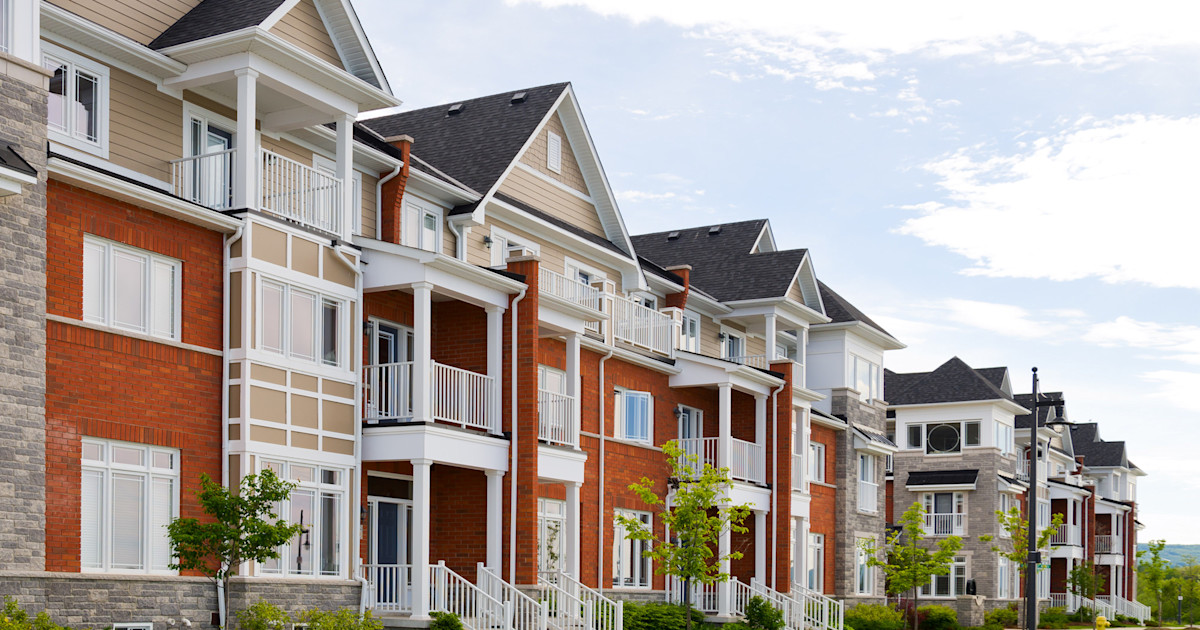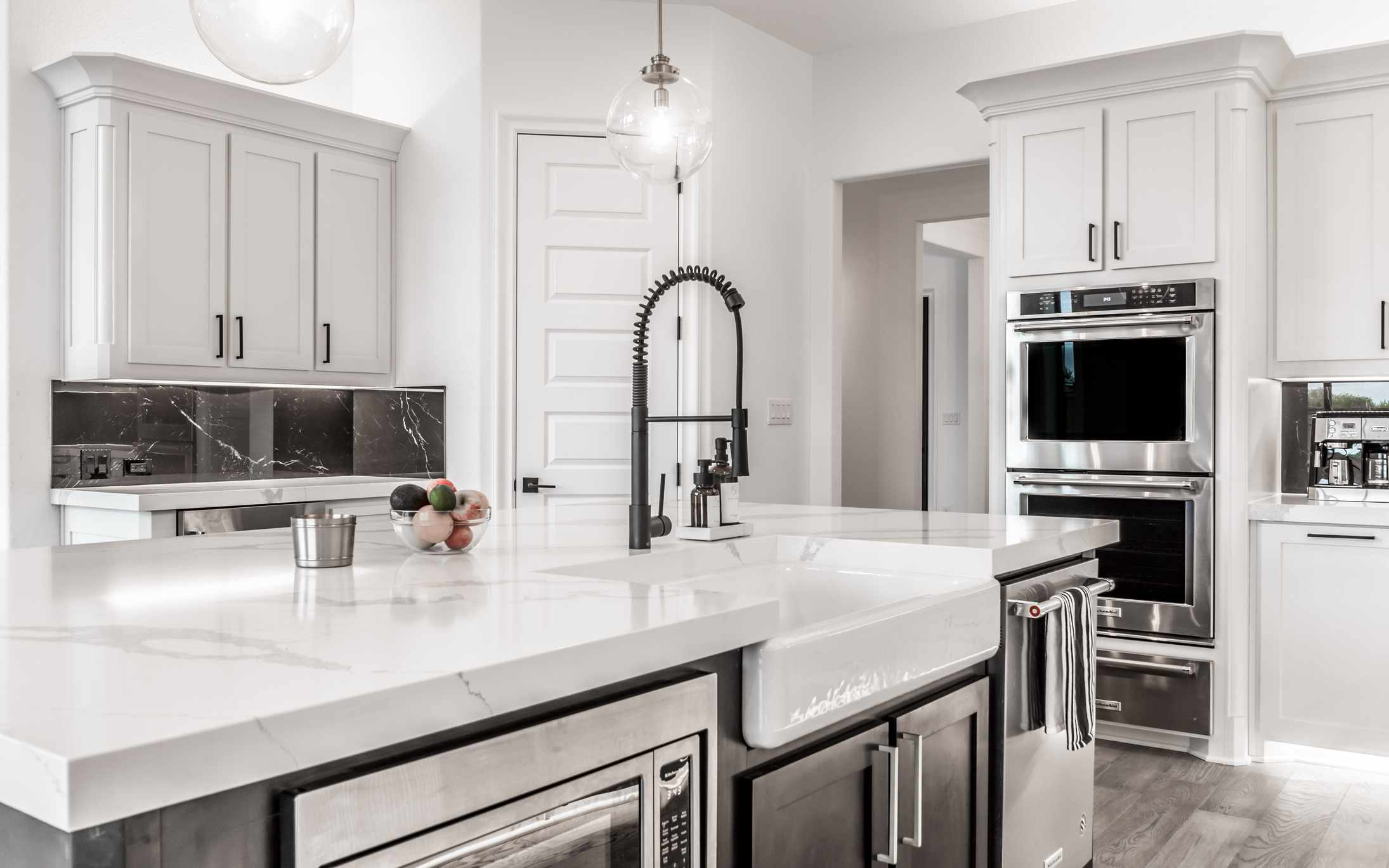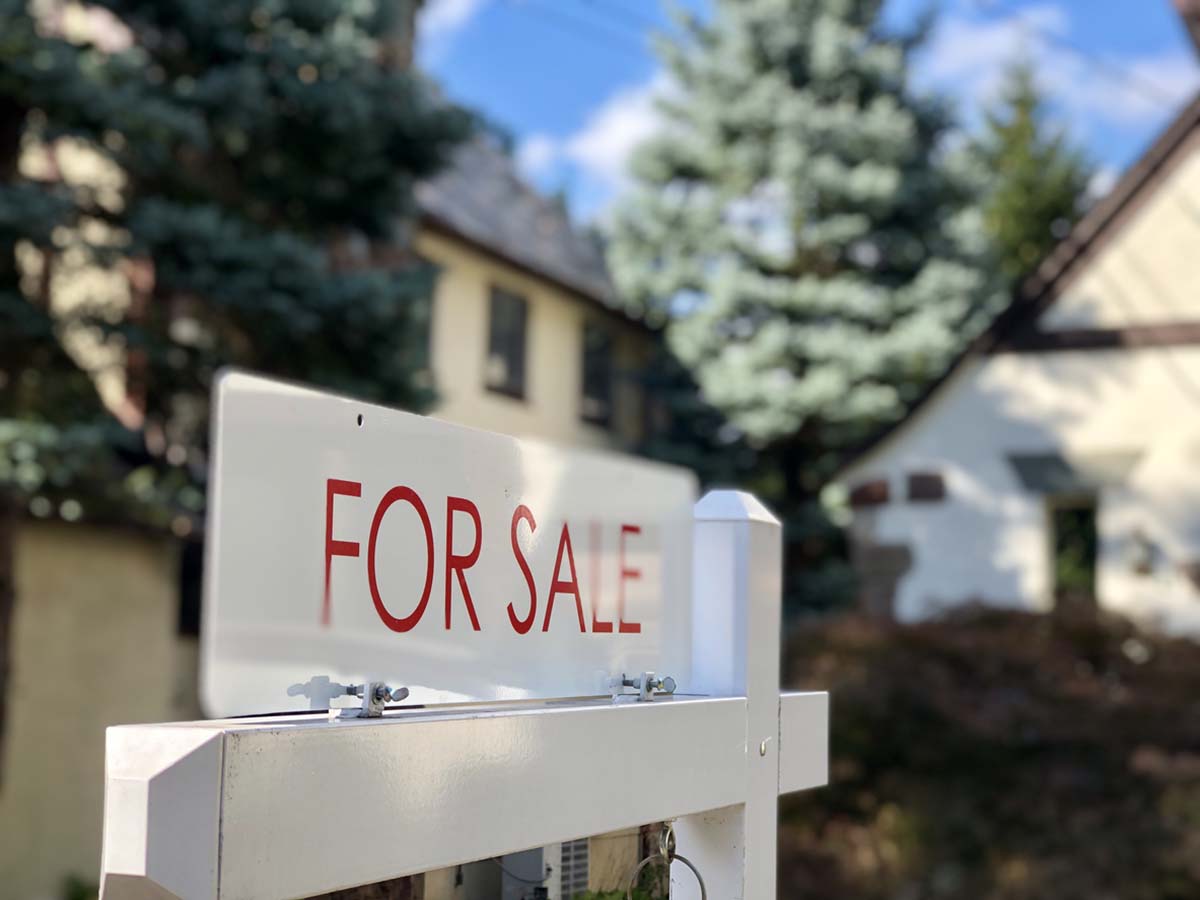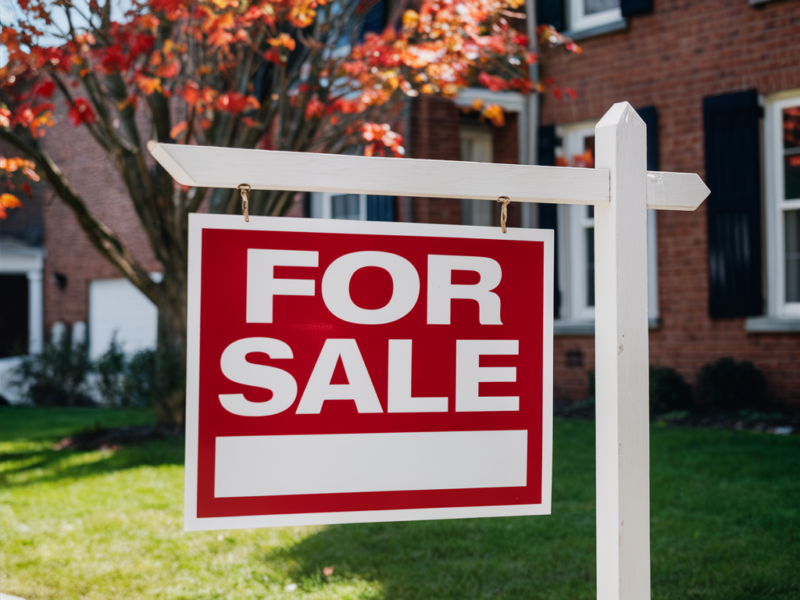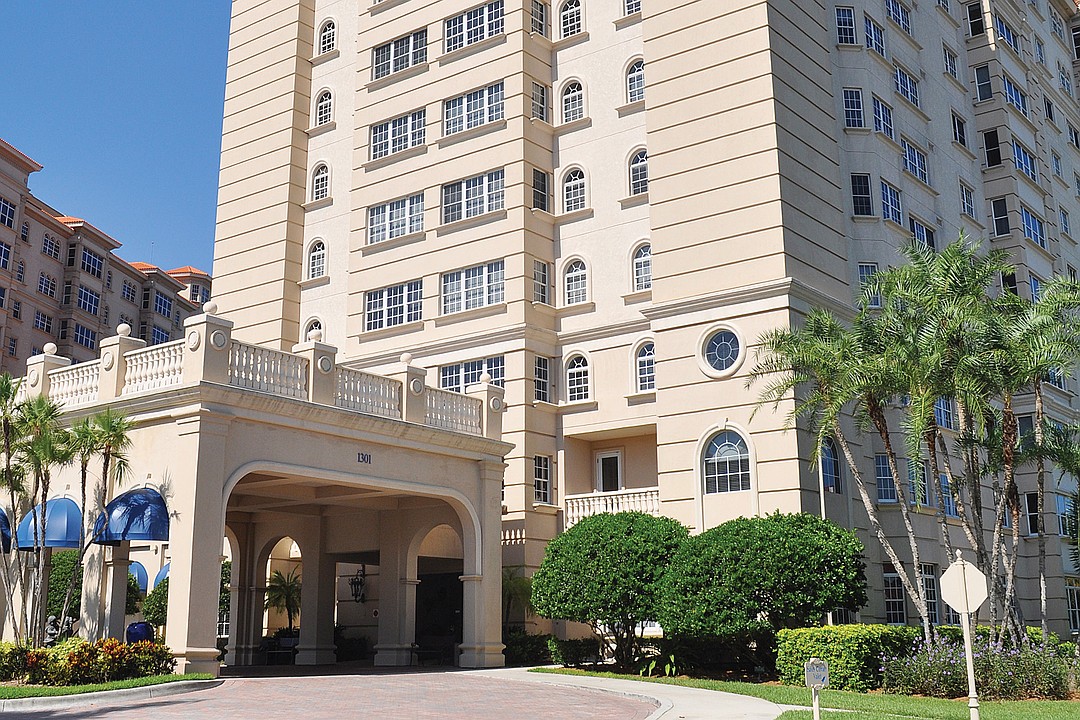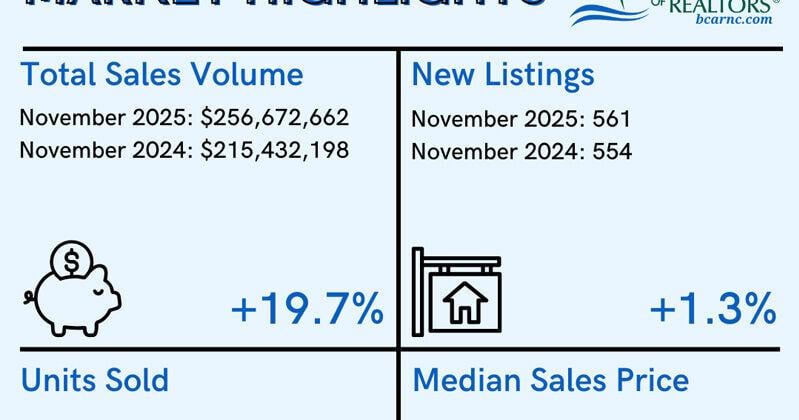T
he real estate market's sluggish pace continues into 2025, with sales expected to only marginally surpass last year's numbers. Despite inventory reaching a four-year high in November, much of it is stale or uninhabitable, making buyers hesitant. According to Redfin data, over half (54.5%) of listings were on the market for more than 60 days, and homes that did sell took an average of 43 days to go under contract.
The main culprit behind this stagnation is price. Homes priced correctly are selling quickly, but those overpriced can sit for months. Areas with high inventory, such as Texas and Florida metros, have the highest share of stale listings. Miami tops the list at 63.8%, followed by Austin, Fort Lauderdale, San Antonio, and Orlando.
High home prices are also driving renters to stay put. A Redfin report found that over a third of renters had stayed in their current home for more than five years, up from 28.4% a decade ago. Monthly mortgage payments have nearly tripled since then, while rents have remained relatively flat due to increased construction. This has led to renters being less likely to face major rent increases by staying in the same home.
Younger renters tend to move more frequently, with over half of Gen Z renters moving within a year. In contrast, baby boomers are more likely to stay put, with 56% living in their rental home for at least five years and over a third staying for 10+ years. Renters in high-cost metros like New York City, Los Angeles, and Riverside, California, were the most likely to stay in their current home.
